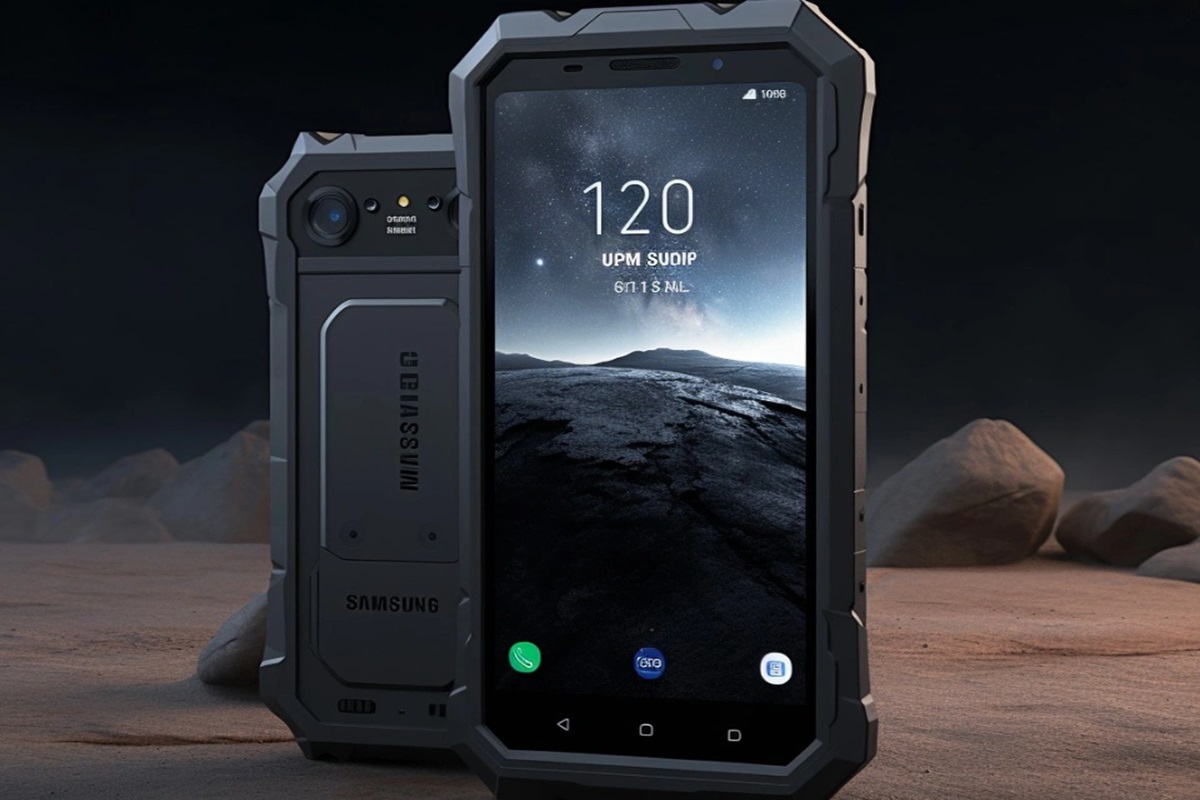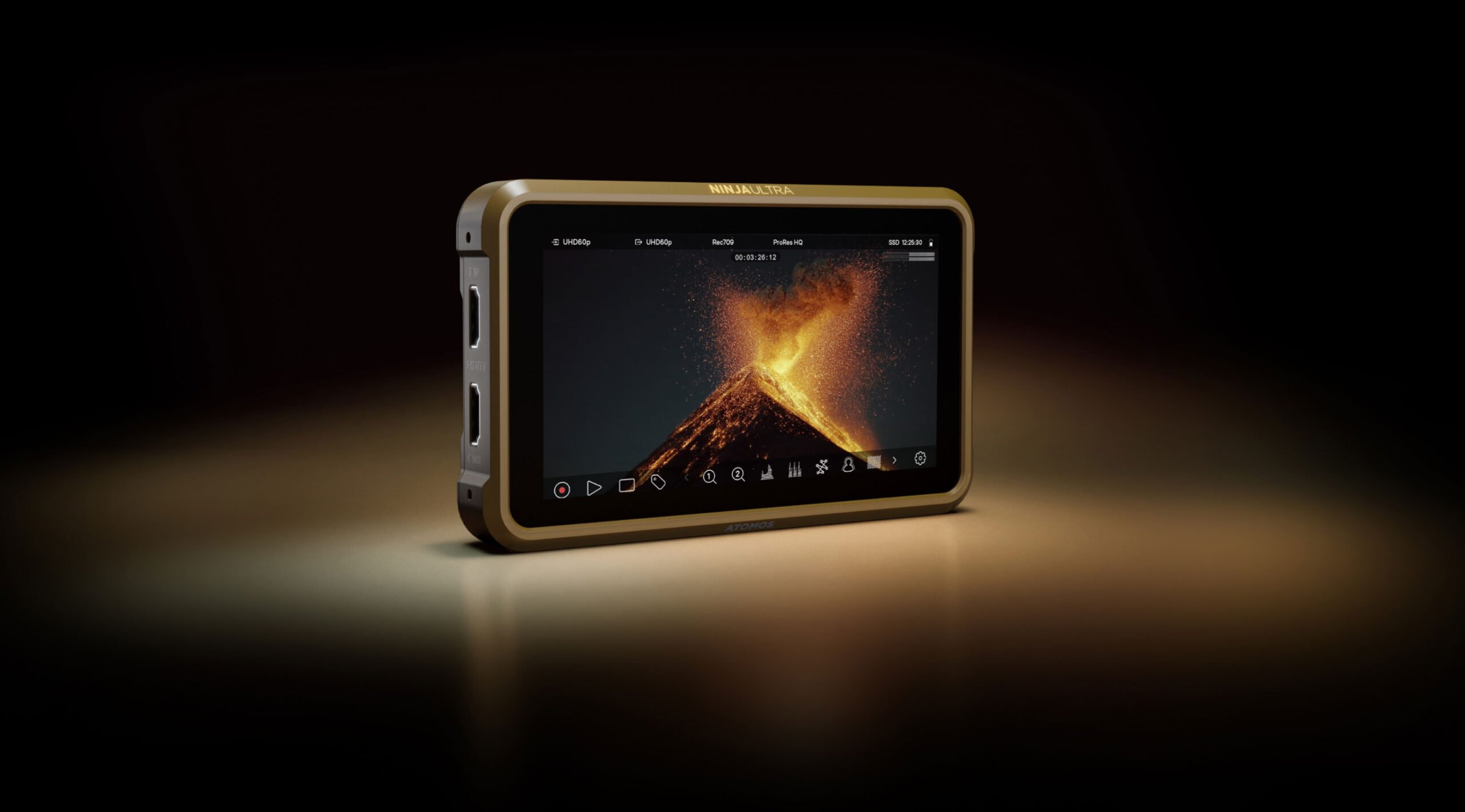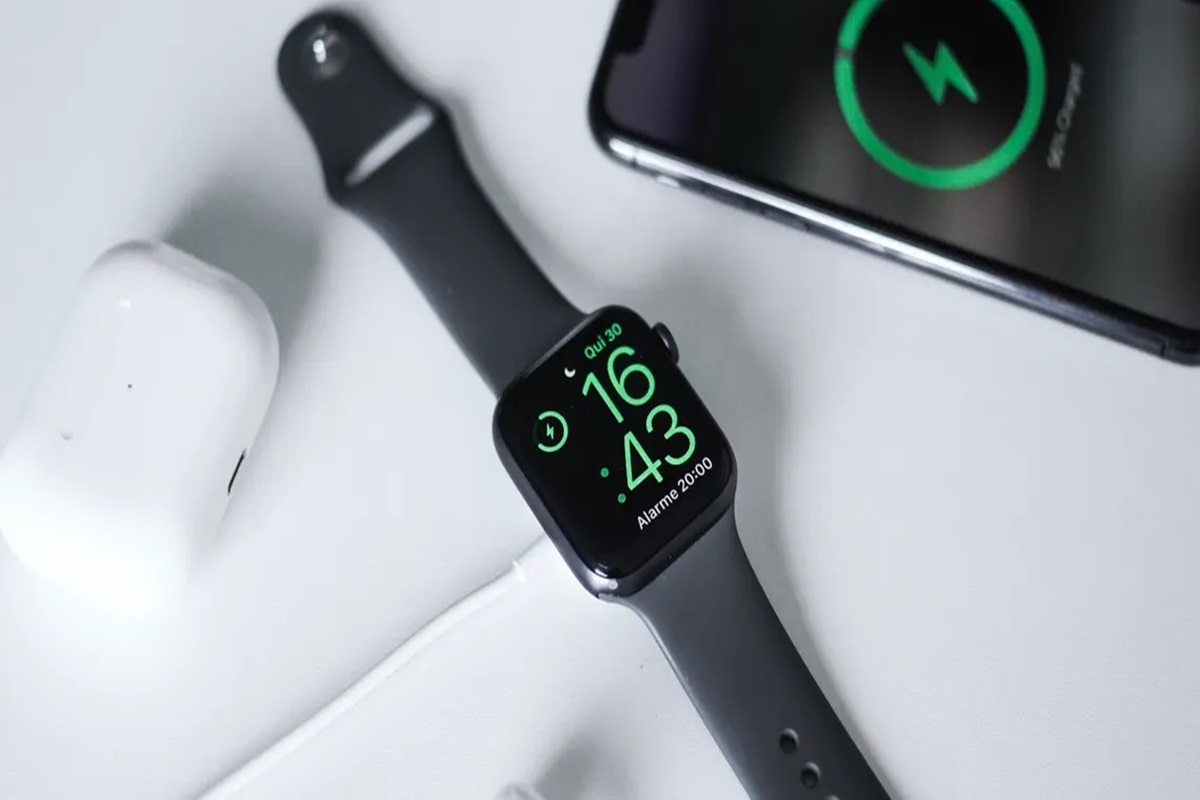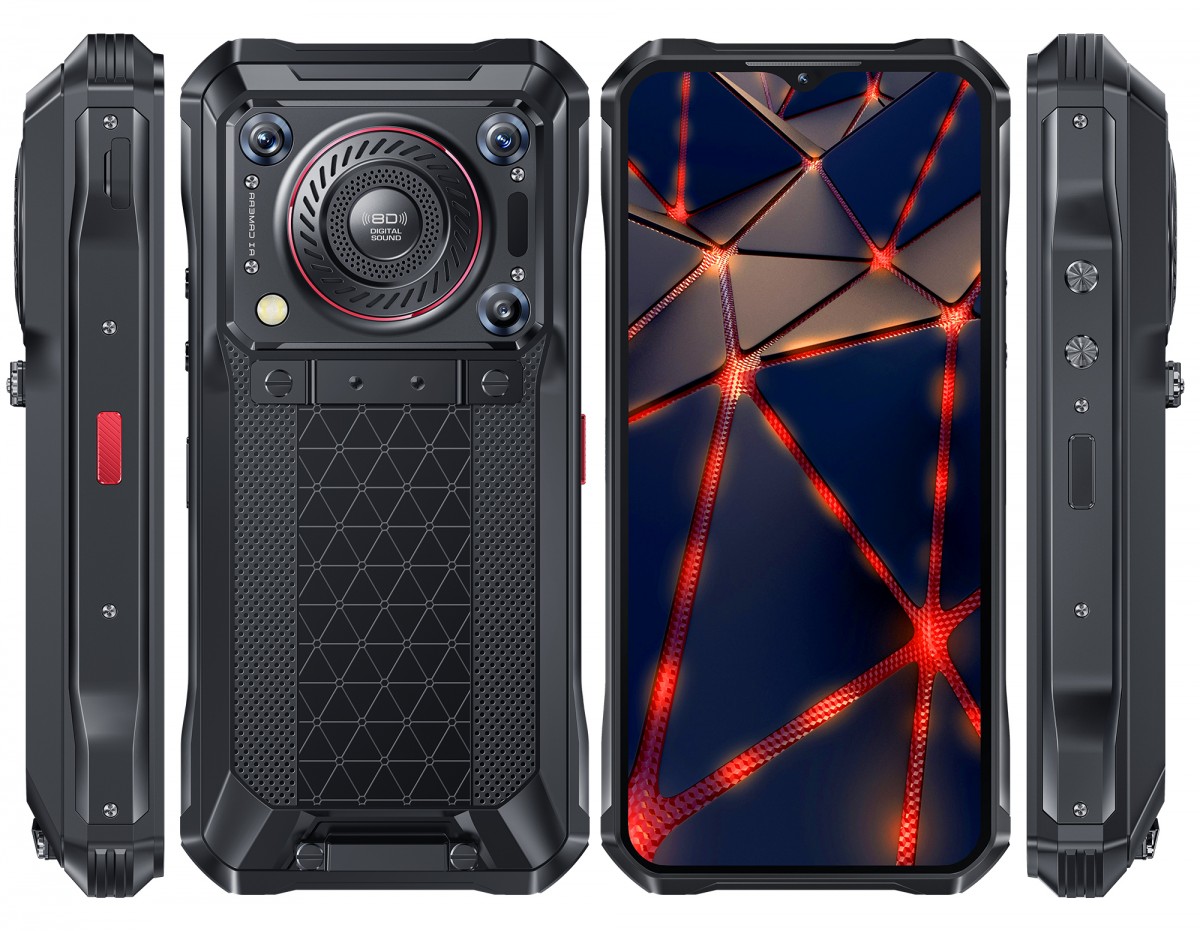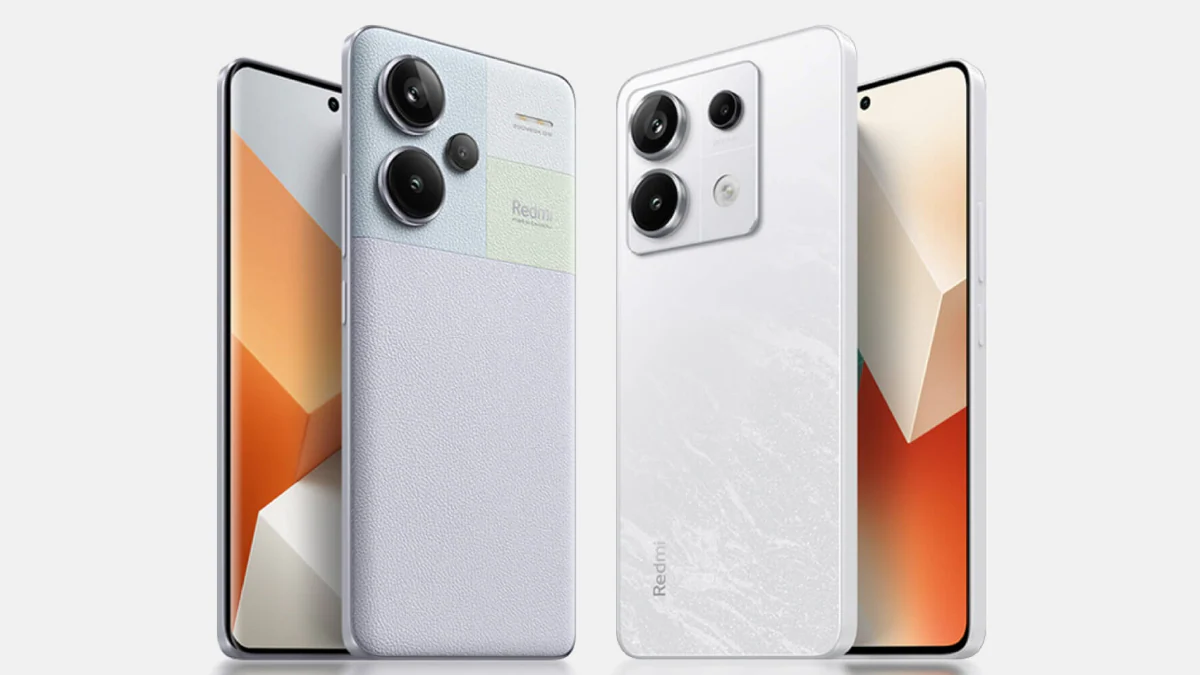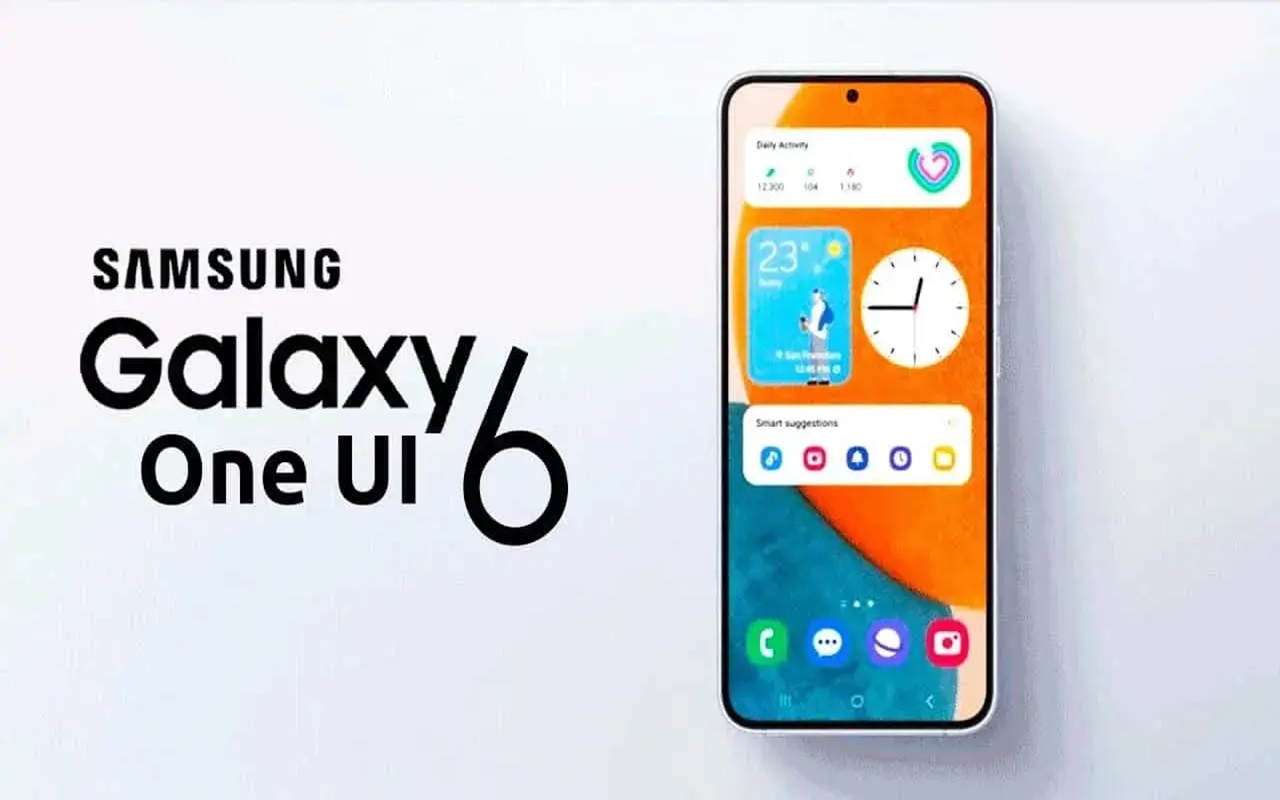Looking ahead to 2024, we anticipate an exciting lineup of Android smartphones, building on the successes of the previous year. As we reflect on the standout releases of 2023, we hope to see further innovation in flagship devices justifying their high costs, while also witnessing mid-range and budget-friendly options challenging the necessity of spending exorbitant amounts on a smartphone. Here are the phones we are most eager to see in the upcoming year.
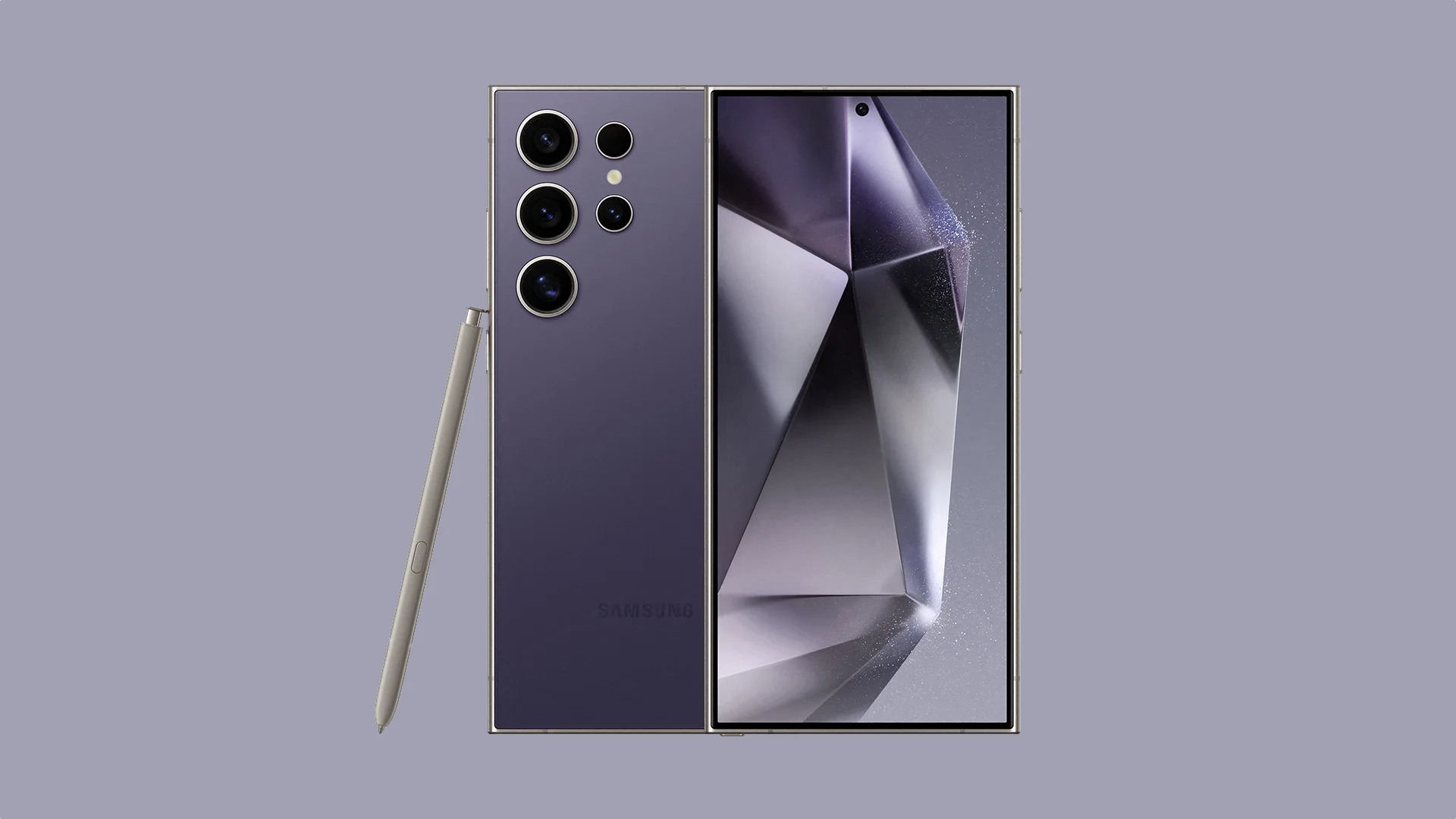
Samsung Galaxy S24 Ultra
Although officially unveiled recently, the Galaxy S24 Ultra has yet to hit the shelves, securing its spot on our list. Samsung’s Ultra devices have consistently delivered exceptional performance, premium build quality, and reliable software updates. With the move to titanium construction, the Galaxy S24 Ultra promises increased durability. The integration of AI-enhanced software adds another layer of excitement, making it a standout release for 2024.
Motorola ThinkPhone 2
The ThinkPhone from Motorola quietly impressed in 2023 with its aramid fiber construction, remarkable battery life, and fast charging capabilities. Despite potential marketing challenges, a ThinkPhone 2 could build on its predecessor’s success. Retaining the aramid fiber backing and addressing marketing issues could position it as one of the noteworthy phones of 2024.
OnePlus Open 2
OnePlus entered the foldable arena in 2023 with the OnePlus Open, offering a refreshing alternative to existing foldable options. The Open addressed concerns with a wider outer display, lightweight construction, and excellent multitasking capabilities. A future iteration, the OnePlus Open 2, holds the potential to become a favorite folding phone in 2024, especially with improvements in OxygenOS.
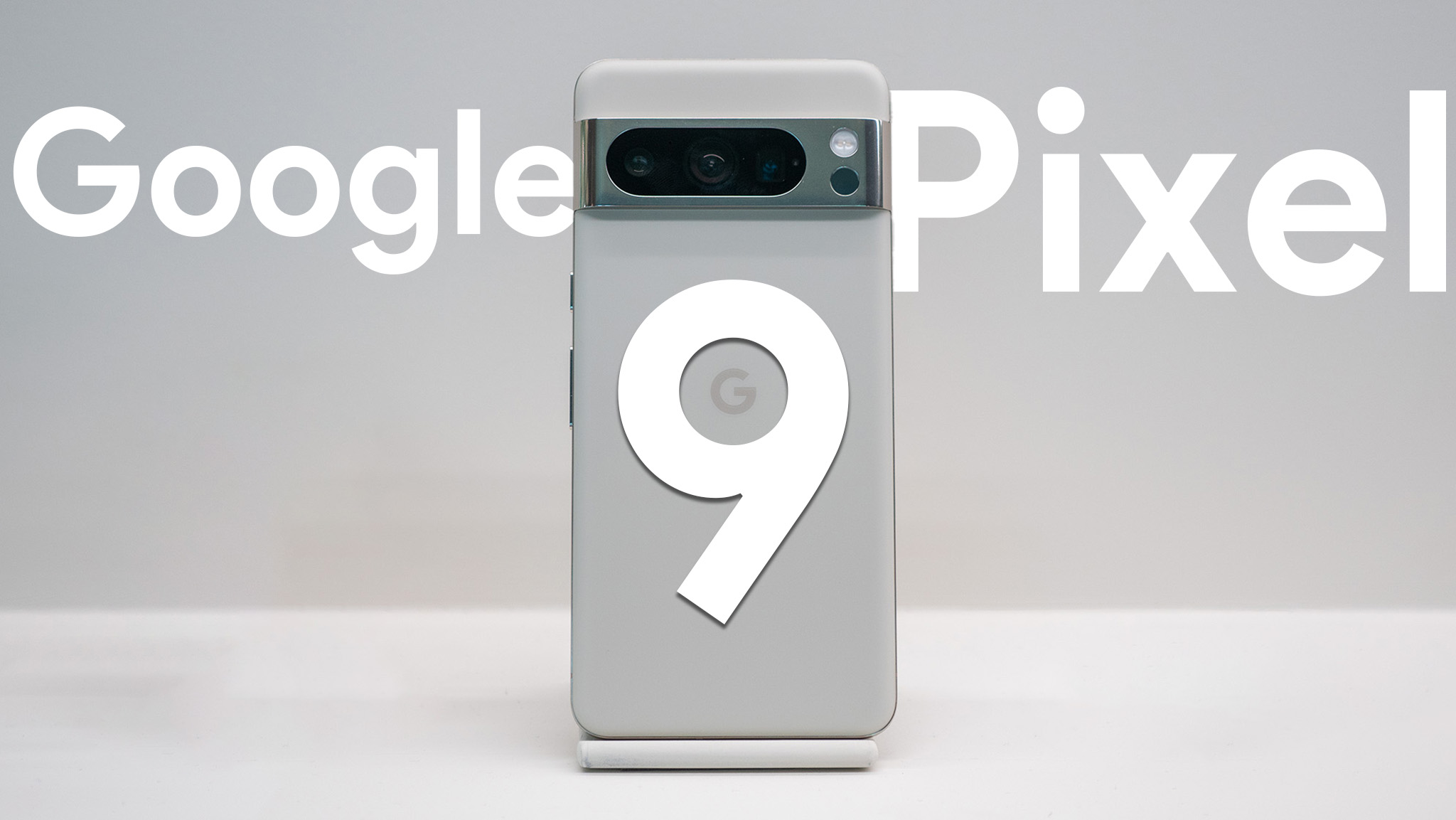
Google Pixel 9 and Pixel 9 Pro
Google made strides in 2023 with the Pixel 8 Pro, addressing display brightness issues and optimizing Tensor performance. For 2024, maintaining the design with subtle refinements and enhancing raw performance with a potential Tensor G4 could position the Pixel 9 Pro as a strong competitor, particularly with AI features and robust software support.
Samsung Galaxy A55
Building on the success of the Galaxy A54, the A55 could further elevate Samsung’s mid-range offerings. With improved power and enhanced cameras, the Galaxy A55 aims to compete with potential releases like the Google Pixel 8a. As mid-range phones continue to impress, the Galaxy A55 promises a quality OneUI Android experience at an attractive price point.

Motorola Razr+ 2
The Motorola Razr+ stood out as a playful and enjoyable foldable phone in 2023. A potential Razr+ 2 could refine the build, upgrade specs, and introduce new colors, solidifying Motorola’s position as a leader in flip phones. With subtle improvements, the Razr+ 2 could capture the charm of flip phones in 2024.
LG Wing 2
While acknowledging LG’s exit from the smartphone market, we express a longing for unique form factors in 2024. This includes a hypothetical LG Wing 2 or other unconventional designs. In a landscape dominated by glass slabs, we yearn for companies to explore slider phones, wider form factors, and rotating hinges. While anticipating unfavorable reviews and modest sales, a return to classic niche phones would be a welcome surprise.


